Home>Furniture & Design>Outdoor Furniture>How To Make Outdoor Furniture
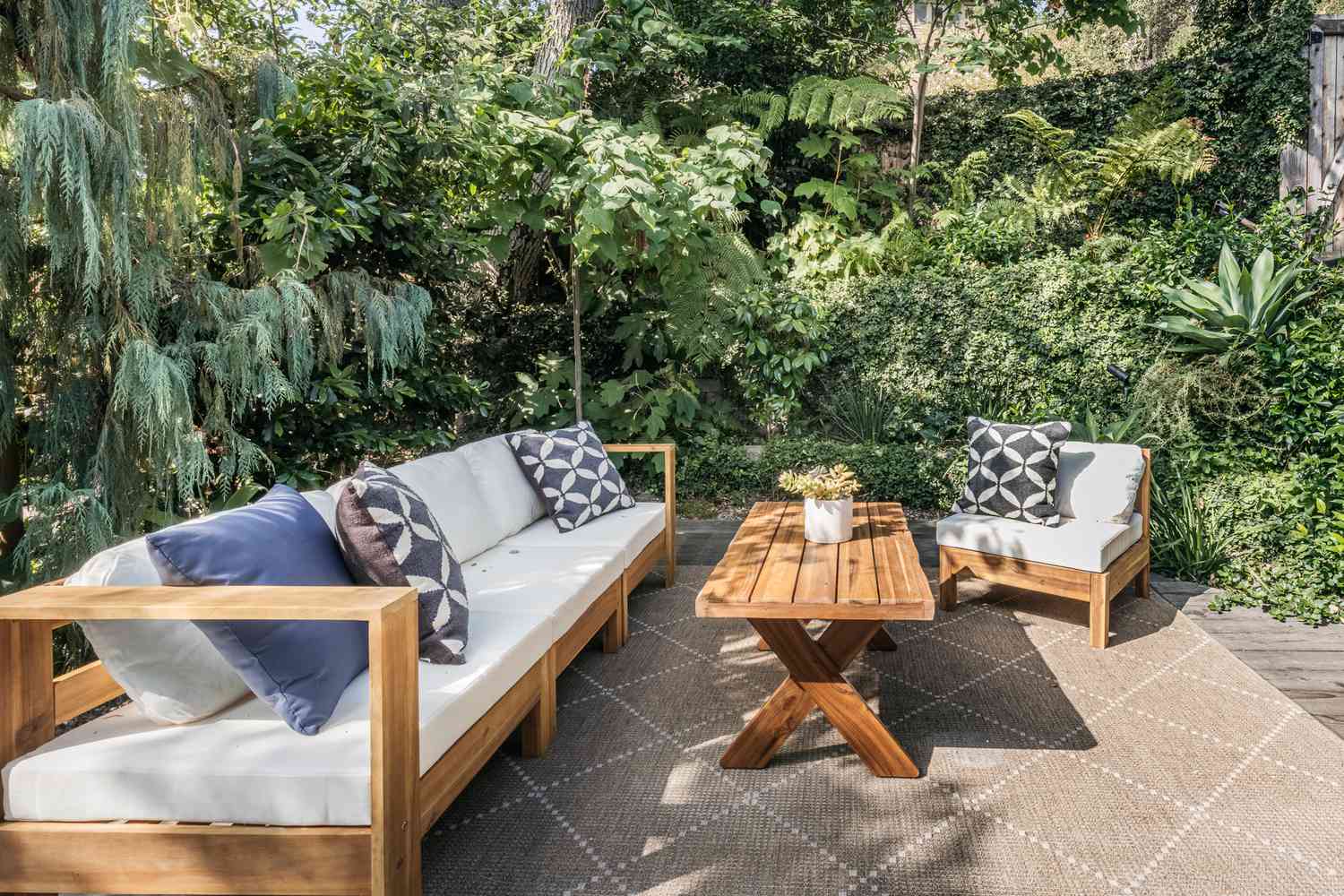

Outdoor Furniture
How To Make Outdoor Furniture
Modified: February 12, 2024
Discover expert tips and ideas for creating stylish and durable outdoor furniture. Explore the latest trends in outdoor furniture design and make your outdoor space a comfortable and inviting retreat.
(Many of the links in this article redirect to a specific reviewed product. Your purchase of these products through affiliate links helps to generate commission for Storables.com, at no extra cost. Learn more)
Introduction
Read more: How To Make Cushions For Outdoor Furniture
Introduction
Creating your own outdoor furniture can be a rewarding and fulfilling endeavor. Not only does it allow you to customize pieces according to your personal style and specific needs, but it also provides the satisfaction of crafting something with your own hands. Whether you're a seasoned woodworker or a DIY enthusiast looking to embark on a new project, making outdoor furniture can be a gratifying experience.
In this comprehensive guide, we will explore the process of crafting outdoor furniture from scratch. From selecting the right materials and tools to designing, cutting, and assembling the pieces, we will cover every step necessary to create stunning and functional outdoor furniture. Additionally, we will delve into the crucial aspect of finishing touches, which can elevate the overall look and longevity of your creations.
Throughout this journey, we will emphasize the significance of choosing the right wood for outdoor furniture, as well as the essential design and planning considerations that can make a significant difference in the final outcome. By the end of this guide, you will have the knowledge and confidence to embark on your own outdoor furniture project, whether it's a simple bench for your garden or an elaborate dining set for your patio.
So, roll up your sleeves, gather your tools, and let's delve into the art of creating beautiful and durable outdoor furniture that will enhance the charm and comfort of your outdoor living spaces.
Key Takeaways:
- Create your own outdoor furniture to personalize your space and experience the satisfaction of crafting something unique with your own hands.
- Craft outdoor furniture with resilient materials and meticulous techniques to enhance your outdoor living spaces with enduring elegance and comfort.
Materials and Tools
Before diving into the process of building outdoor furniture, it’s essential to gather the necessary materials and tools. The selection of materials will depend on the specific type of furniture you plan to create, whether it’s a sturdy Adirondack chair, a classic picnic table, or a sleek outdoor sofa. Here’s a general list of materials and tools you might need:
Materials:
- Wood: Choose a durable and weather-resistant wood species such as cedar, teak, or redwood for outdoor furniture. These woods are naturally resistant to decay and can withstand outdoor elements.
- Hardware: Select corrosion-resistant screws, bolts, and other fasteners to ensure the longevity of your outdoor furniture.
- Finishing Materials: Consider weatherproof wood sealant, exterior-grade wood stain, or paint designed for outdoor use to protect your furniture from the elements.
- Cushions and Fabrics: If your design includes seating with cushions, choose outdoor fabrics that are mold and mildew resistant, as well as UV-stable to prevent fading.
- Other Accessories: Depending on your design, you may need additional items such as hinges, braces, or decorative elements to enhance the aesthetics and functionality of your furniture.
Tools:
- Saw: A quality handsaw or a power saw for cutting wood to the desired dimensions.
- Drill and Bits: A power drill with a variety of drill bits for creating holes and driving screws into the wood.
- Measuring Tape and Square: Essential for accurate measurements and ensuring the corners are perfectly square during assembly.
- Sanding Tools: Sandpaper, sanding block, or an electric sander for smoothing rough edges and surfaces.
- Clamps: These are useful for holding pieces together during assembly and gluing.
- Paintbrushes or Sprayer: If you plan to paint or stain your furniture, appropriate application tools are necessary.
- Safety Gear: Don't forget safety glasses, hearing protection, and dust masks to ensure a safe working environment.
Having the right materials and tools at your disposal is the first step toward creating high-quality outdoor furniture that will stand the test of time. Once you’ve gathered everything you need, it’s time to move on to the next crucial step: choosing the right wood for your project.
Read more: How To Make Outdoor Furniture Covers
Choosing the Right Wood
When it comes to crafting outdoor furniture, selecting the appropriate type of wood is paramount to ensure the longevity and durability of your creations. Outdoor furniture is constantly exposed to the elements, including sunlight, rain, and fluctuating temperatures, making it crucial to choose a wood species that can withstand these challenges.
Here are some popular wood choices for outdoor furniture:
Cedar:
Cedar is a top choice for outdoor furniture due to its natural resistance to decay and insects. It contains natural oils that act as preservatives, making it an excellent option for enduring outdoor conditions. Additionally, cedar has a beautiful, natural reddish hue that weathers gracefully to a silvery gray over time, adding to its rustic charm.
Teak:
Teak is renowned for its exceptional durability and water resistance, making it a prized wood for outdoor furniture. It contains high levels of natural oils and rubber, rendering it impervious to water, insects, and rot. Teak’s luxurious golden-brown color and ability to withstand decades of outdoor exposure make it a popular choice for premium outdoor furniture pieces.
Redwood:
Redwood is another excellent option for outdoor furniture due to its natural resistance to decay and minimal maintenance requirements. It possesses a rich, reddish-brown hue and contains natural tannins that provide protection against insects and decay. Redwood’s stability and longevity make it an attractive choice for crafting enduring outdoor pieces.
While these wood species are well-suited for outdoor furniture, it’s important to note that proper maintenance, such as periodic cleaning and application of protective finishes, can significantly extend the lifespan of the furniture. Additionally, other wood species, such as cypress and acacia, also offer favorable characteristics for outdoor use.
Before making a final decision, consider the specific environmental conditions your furniture will face, as well as your desired aesthetic preferences. Whether you prioritize natural weathering or prefer to maintain the original appearance of the wood, selecting the right wood is a crucial step in ensuring the beauty and resilience of your outdoor furniture.
With the wood selection process underway, the next phase involves meticulous design and planning to bring your envisioned outdoor furniture to life.
Read more: Who Makes The Best Outdoor Furniture?
Design and Planning
Before embarking on the construction of your outdoor furniture, thoughtful design and meticulous planning are essential to ensure that the end result aligns with your vision and functional requirements. Whether you’re creating a simple bench or an elaborate dining set, the design phase sets the foundation for a successful and satisfying woodworking project.
Consider the following aspects during the design and planning stage:
Function and Utility:
Begin by defining the purpose of the furniture. Will it serve as a comfortable seating area, a dining space, or a decorative accent? Understanding the intended function will guide the design process and help determine the appropriate dimensions and features.
Dimensions and Proportions:
Accurate measurements are crucial for creating furniture that fits seamlessly into its intended space. Consider the available area and visualize the proportions of the furniture in relation to its surroundings. Whether it’s a compact bistro table for a cozy balcony or a spacious outdoor sectional for a patio, paying attention to dimensions is key.
Style and Aesthetics:
Define the style and aesthetic elements that resonate with your outdoor setting and personal taste. Whether you prefer a modern, minimalist design or a timeless, classic look, incorporating cohesive design elements will ensure that your furniture complements its environment.
Comfort and Ergonomics:
If your project involves seating, prioritize comfort and ergonomics. Consider factors such as seat height, backrest angle, and armrest dimensions to create furniture that is not only visually appealing but also inviting and comfortable for extended use.
Joinery and Construction Methods:
Choose appropriate joinery and construction techniques based on the design and intended use of the furniture. Whether it’s traditional mortise and tenon joints for a timeless appeal or modern pocket hole joinery for efficient assembly, the selection of joinery methods will impact the overall strength and appearance of the furniture.
Material Optimization:
Efficiently plan the use of materials to minimize waste and maximize the yield from lumber. Thoughtful material optimization not only reduces costs but also contributes to sustainable woodworking practices.
By meticulously considering these aspects and sketching out your ideas, you can create detailed plans and drawings that serve as a roadmap for the construction phase. Visualization tools, such as sketches, scale drawings, or even 3D modeling software, can aid in refining your design and ensuring that every element aligns with your vision.
With the design and planning phase complete, you’re ready to translate your concepts into tangible pieces of outdoor furniture through precise cutting and meticulous sanding.
Cutting and Sanding
As you transition from the design and planning phase to the physical construction of your outdoor furniture, the precision of cutting and the refinement of sanding play pivotal roles in shaping raw materials into refined components. Whether you’re crafting intricate chair legs or constructing sturdy tabletops, the cutting and sanding processes are fundamental to achieving high-quality results.
Here’s a detailed overview of cutting and sanding:
Read more: How To Make Furniture
Cutting:
Precise and accurate cutting is essential for creating components that fit together seamlessly and form structurally sound furniture. Whether you’re using a handsaw, circular saw, or a miter saw, it’s crucial to measure meticulously and make clean, perpendicular cuts. Additionally, if your design involves intricate curves or angles, a jigsaw or band saw may be employed to achieve the desired shapes.
When cutting the wood, be mindful of the wood grain direction to minimize tear-out and achieve clean edges. Prioritize safety by using appropriate personal protective equipment and ensuring that the work area is well-illuminated and free of obstructions.
Sanding:
Once the components are cut to size, the sanding process begins. Sanding serves multiple purposes, including smoothing rough surfaces, refining edges, and preparing the wood for finishes. Start with coarse-grit sandpaper to remove any milling marks or irregularities, then progress to finer grits for a progressively smoother surface.
Pay attention to details such as rounding sharp edges for a comfortable feel, sanding joinery surfaces for optimal adhesion, and creating a uniform surface texture across all components. Additionally, if your design incorporates curved or contoured elements, consider using flexible sanding tools or sanding blocks to maintain consistent shapes.
Throughout the sanding process, periodically inspect the wood surfaces for any imperfections or blemishes that may require additional attention. Achieving a flawlessly smooth and consistent surface not only enhances the visual appeal of the furniture but also provides a receptive canvas for finishes, such as stains or protective coatings.
Environmental Considerations:
When cutting and sanding wood, it’s important to work in a well-ventilated area to minimize the inhalation of wood dust. Consider using a dust collection system or wearing a respirator to safeguard your respiratory health. Additionally, be mindful of the disposal of sawdust and wood shavings, as they can be repurposed for composting or utilized as natural mulch in gardening projects.
By meticulously executing the cutting and sanding processes, you lay the groundwork for precise assembly and the application of finishing touches that will elevate your outdoor furniture to a stunning and functional state.
With the components prepared, it’s time to bring your meticulously crafted pieces together through the assembly phase.
Assembly
As you progress from the individual components to the final form of your outdoor furniture, the assembly phase brings together the fruits of your labor into cohesive and functional pieces. Whether you’re connecting intricate joinery or securing hardware for structural integrity, the assembly process requires attention to detail and precision to ensure that your furniture stands the test of time.
Here’s a comprehensive overview of the assembly phase:
Read more: How To Seal Outdoor Furniture
Dry-Fit and Alignment:
Prior to applying adhesives or fasteners, conduct a dry-fit assembly to ensure that all components align correctly and that any joinery interfaces are snug and precise. This step allows you to make any necessary adjustments before committing to permanent assembly, minimizing the risk of errors and misalignments.
Use measuring tools and layout aids to verify that the furniture components are square, level, and in the intended positions. Attention to detail during the dry-fit phase sets the stage for a successful and seamless final assembly.
Joinery and Fastening:
Depending on your design and chosen construction methods, joinery and fastening techniques play a crucial role in the structural integrity of the furniture. Traditional methods such as mortise and tenon joints, dovetails, and lap joints offer enduring strength and visual appeal. Alternatively, modern fastening solutions like pocket hole screws or specialized hardware provide efficient and robust connections.
Ensure that joinery interfaces are coated with appropriate adhesives to create strong bonds, and meticulously drive fasteners to secure components without compromising the aesthetics of the furniture. Prioritize the use of corrosion-resistant hardware to safeguard against the outdoor elements and promote the longevity of your creations.
Clamping and Support:
During assembly, utilize clamps to hold components together firmly while adhesives cure or while driving fasteners. This ensures that joinery interfaces remain tight and that the furniture components are held in the intended positions until the assembly is complete. Additionally, provide adequate support for large or heavy components to prevent unintended shifting or misalignment during the assembly process.
Quality Assurance and Final Checks:
Upon completing the assembly, conduct a thorough inspection of the furniture to verify the integrity of joints, the stability of connections, and the overall alignment. Address any discrepancies or irregularities promptly to ensure that the final product meets your quality standards and functional requirements.
By approaching the assembly phase with meticulous attention to detail and a commitment to precision, you transform individual components into cohesive and resilient outdoor furniture that is ready for the finishing touches.
With the furniture taking shape, the application of finishing touches becomes the final step in the journey of creating stunning and enduring outdoor pieces.
Read more: How To Build Outdoor Furniture
Finishing Touches
As your meticulously crafted outdoor furniture nears completion, the application of finishing touches serves as the final transformative step, enhancing the visual appeal and fortifying the durability of the pieces. Whether it’s protecting the wood from the elements, accentuating natural grain patterns, or adding decorative elements, the finishing touches elevate your creations to a state of enduring beauty and functionality.
Here’s a comprehensive overview of the finishing touches phase:
Protective Finishes:
For outdoor furniture, protective finishes are essential to shield the wood from moisture, UV exposure, and general wear. Consider using exterior-grade wood sealants, UV-stable wood stains, or durable outdoor paints to create a protective barrier that extends the lifespan of the furniture. Apply the finishes according to the manufacturer’s recommendations, ensuring thorough coverage and adequate drying time between coats.
Natural Wood Enhancement:
If you wish to preserve the natural beauty of the wood, opt for clear wood sealants or finishes that accentuate the grain and color of the lumber. Tung oil, linseed oil, or clear polyurethane varnishes are popular choices for enhancing the natural appeal of wood while providing essential protection against the elements. These finishes bring out the inherent character of the wood, creating a visually captivating and organic aesthetic.
Hardware and Decorative Elements:
Consider the addition of decorative hardware, such as brass accents or stainless steel embellishments, to complement the design of the furniture and add a touch of elegance. From ornate hinges to decorative corner brackets, the careful selection of hardware can elevate the overall visual impact of the furniture while serving functional purposes.
Read more: How To Choose Outdoor Furniture
Cushions and Upholstery:
If your outdoor furniture includes seating with cushions, choose weather-resistant and UV-stable fabrics to ensure longevity and easy maintenance. Incorporate vibrant or neutral colors that harmonize with the outdoor environment, and ensure that the cushions provide ample comfort and support for extended relaxation and enjoyment.
Final Inspection and Touch-Ups:
Upon completing the finishing touches, conduct a final inspection of the furniture to identify any areas that may require touch-ups or additional attention. Address any imperfections promptly, and ensure that the furniture is free of blemishes and ready for placement in its designated outdoor space.
By applying meticulous finishing touches, you not only enhance the aesthetic allure of the furniture but also fortify its resilience against outdoor elements, ensuring that your creations maintain their allure and functionality for years to come.
With the finishing touches complete, your journey of crafting outdoor furniture culminates in the fulfillment of your vision, ready to grace your outdoor living spaces with enduring elegance and comfort.
Conclusion
Congratulations on completing the comprehensive guide to crafting outdoor furniture from start to finish. Throughout this journey, you’ve delved into the essential steps of selecting the right materials, designing and planning, cutting and sanding, assembly, and applying finishing touches, each contributing to the creation of stunning and enduring outdoor pieces. As you reflect on this enriching experience, consider the following key takeaways:
Personalization and Fulfillment:
Creating your own outdoor furniture allows for unparalleled personalization, enabling you to tailor each piece to your unique style, functional needs, and outdoor environment. The satisfaction derived from crafting something with your own hands and witnessing your vision come to life is immeasurable.
Read more: How To Fix Outdoor Furniture
Resilience and Longevity:
By selecting the right materials and employing meticulous construction techniques, the outdoor furniture you’ve created embodies resilience and longevity. From weather-resistant wood species to protective finishes, each element has been carefully chosen to ensure that your creations withstand the rigors of outdoor exposure.
Enhanced Outdoor Living Spaces:
Your meticulously crafted outdoor furniture has the power to transform outdoor living spaces, infusing them with elegance, comfort, and functionality. Whether it’s a cozy seating area, a vibrant dining setting, or a tranquil retreat, your creations enrich the outdoor experience for you, your family, and your guests.
Sustainable and Meaningful Practices:
The journey of creating outdoor furniture extends beyond the tangible results, encompassing sustainable woodworking practices, meaningful craftsmanship, and the preservation of traditional woodworking techniques. By engaging in this endeavor, you contribute to the preservation of timeless woodworking traditions and sustainable utilization of natural resources.
Continued Exploration and Creativity:
As you conclude this guide, remember that the world of woodworking and furniture creation is boundless, offering endless opportunities for exploration and creativity. Whether it’s refining your techniques, exploring new design concepts, or embarking on diverse woodworking projects, the journey of creativity and discovery continues.
With the knowledge and insights gained from this guide, you are poised to embark on future woodworking endeavors with confidence and enthusiasm. Whether it’s a charming garden bench, a versatile outdoor table, or a captivating pergola, your woodworking journey is a testament to creativity, craftsmanship, and the enduring allure of handcrafted outdoor furniture.
So, as you venture forth, armed with newfound skills and a passion for woodworking, may your future projects be imbued with creativity, fulfillment, and the timeless charm of handcrafted outdoor furniture.
Frequently Asked Questions about How To Make Outdoor Furniture
Was this page helpful?
At Storables.com, we guarantee accurate and reliable information. Our content, validated by Expert Board Contributors, is crafted following stringent Editorial Policies. We're committed to providing you with well-researched, expert-backed insights for all your informational needs.
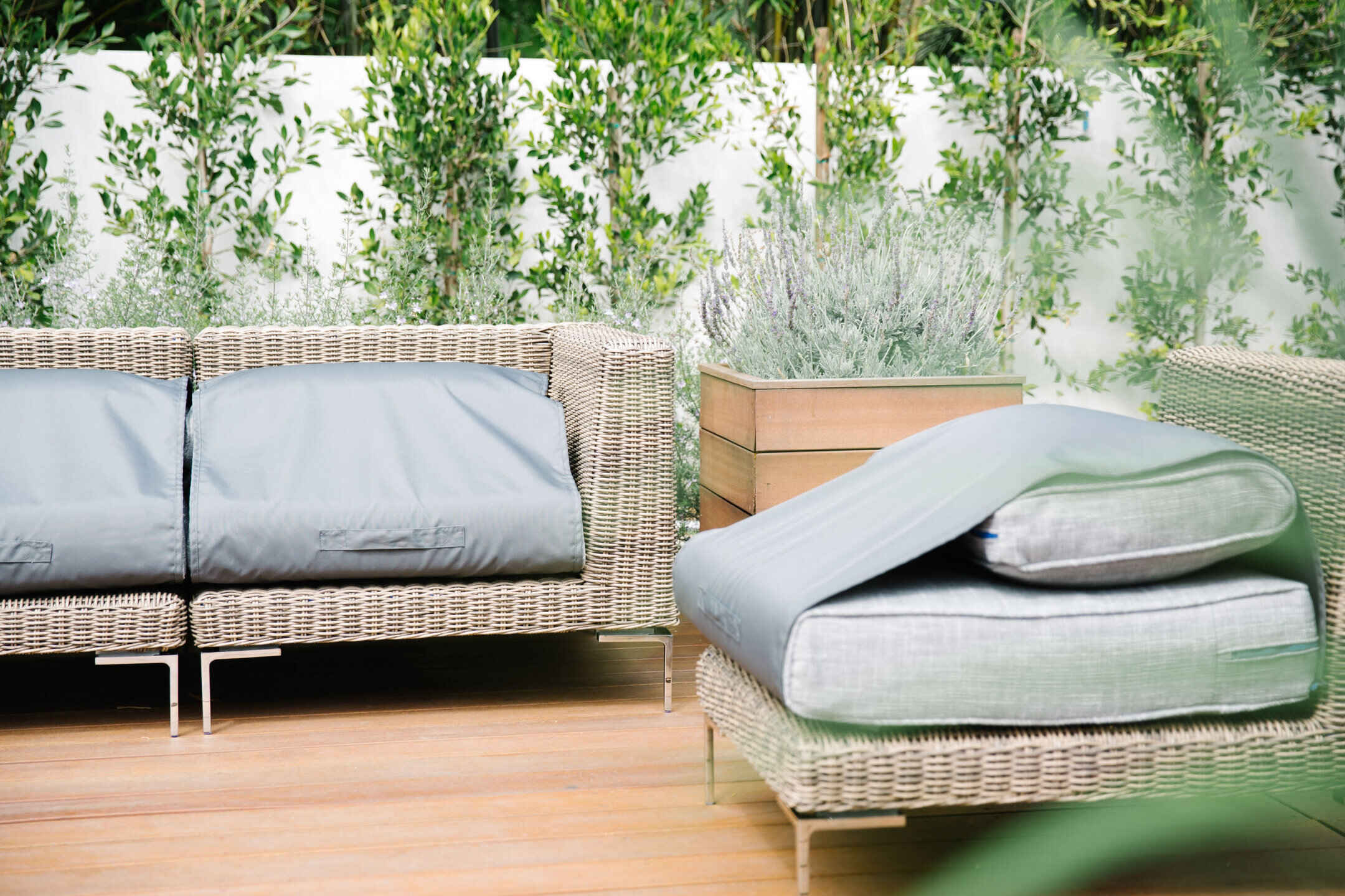

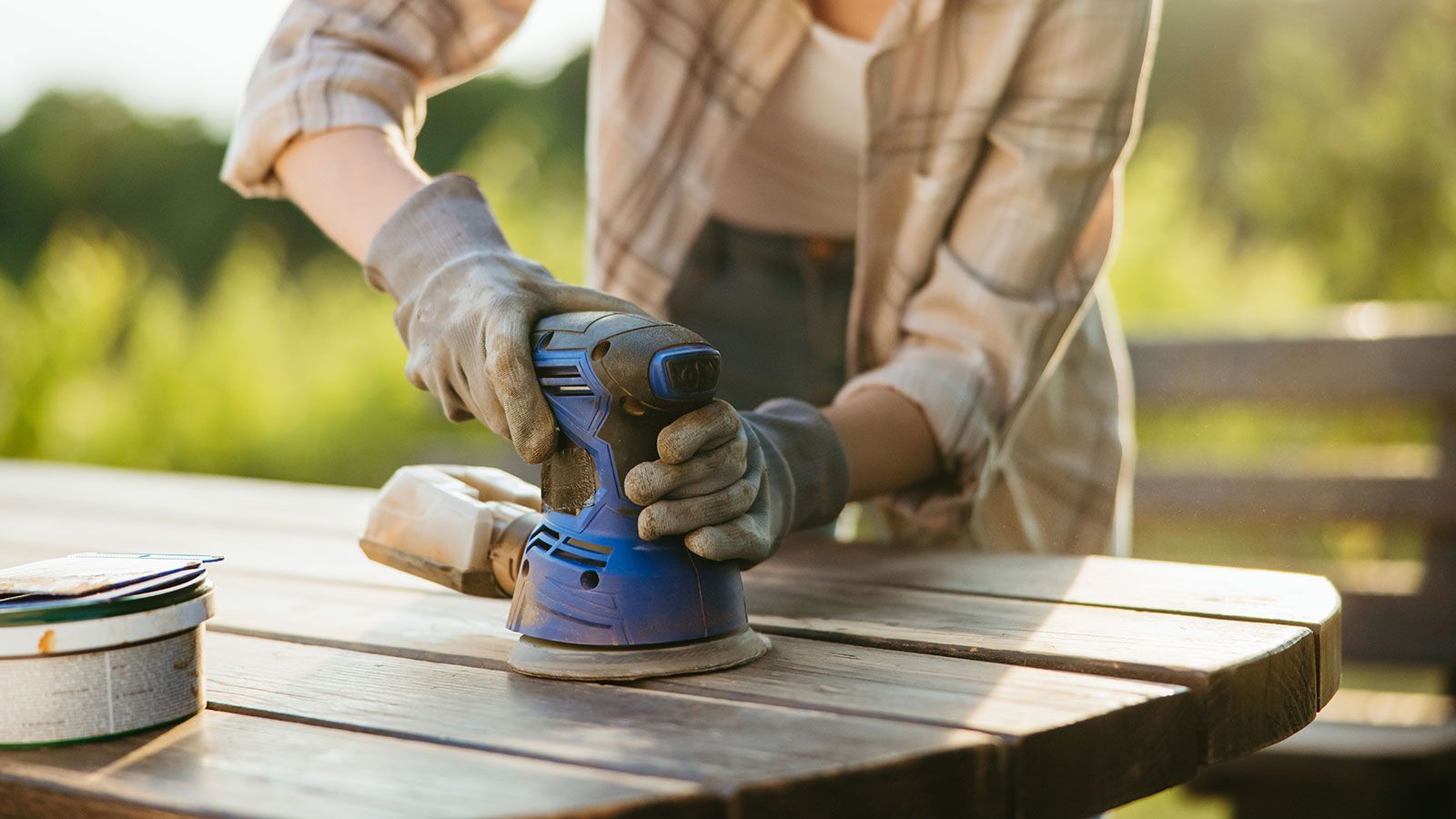
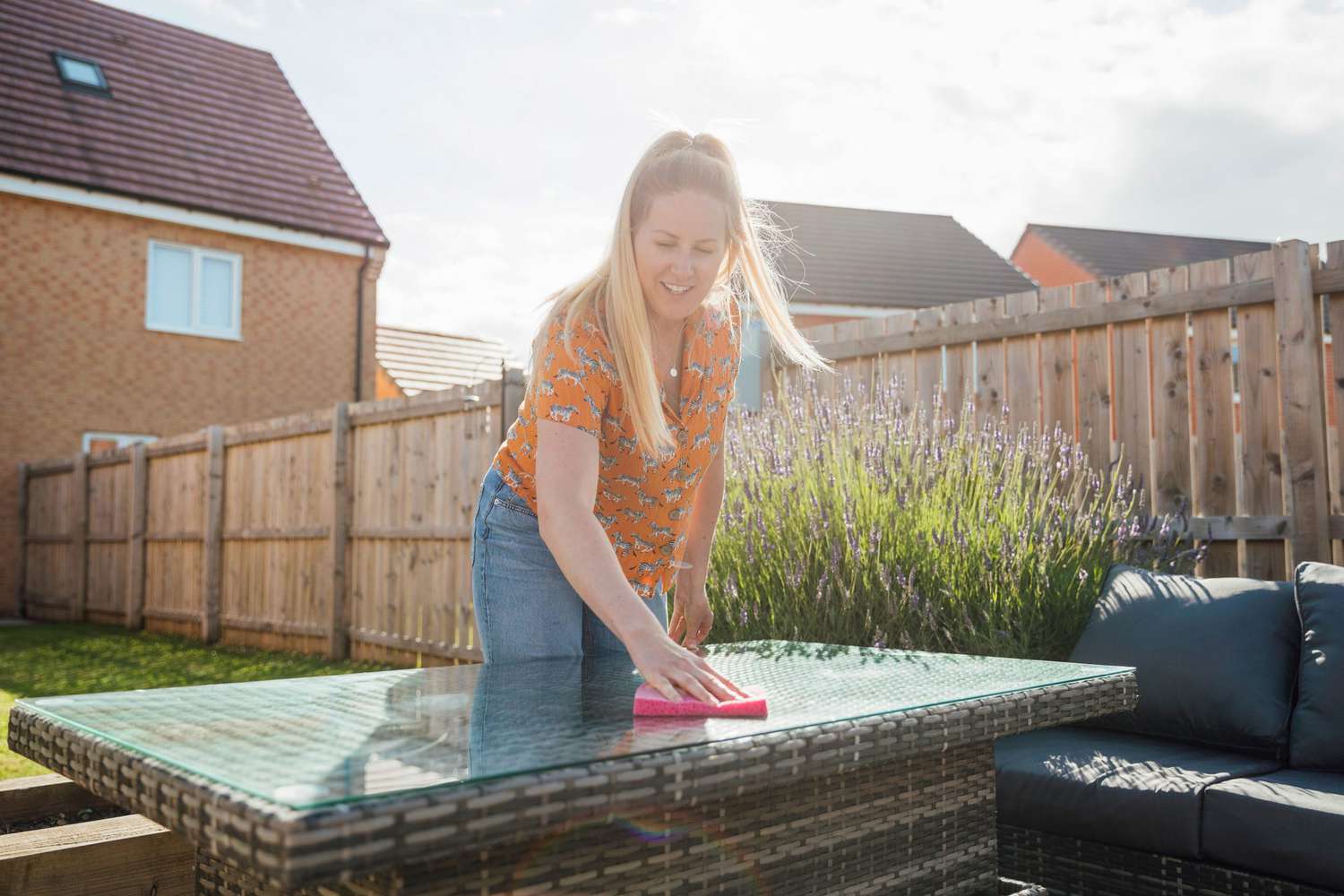
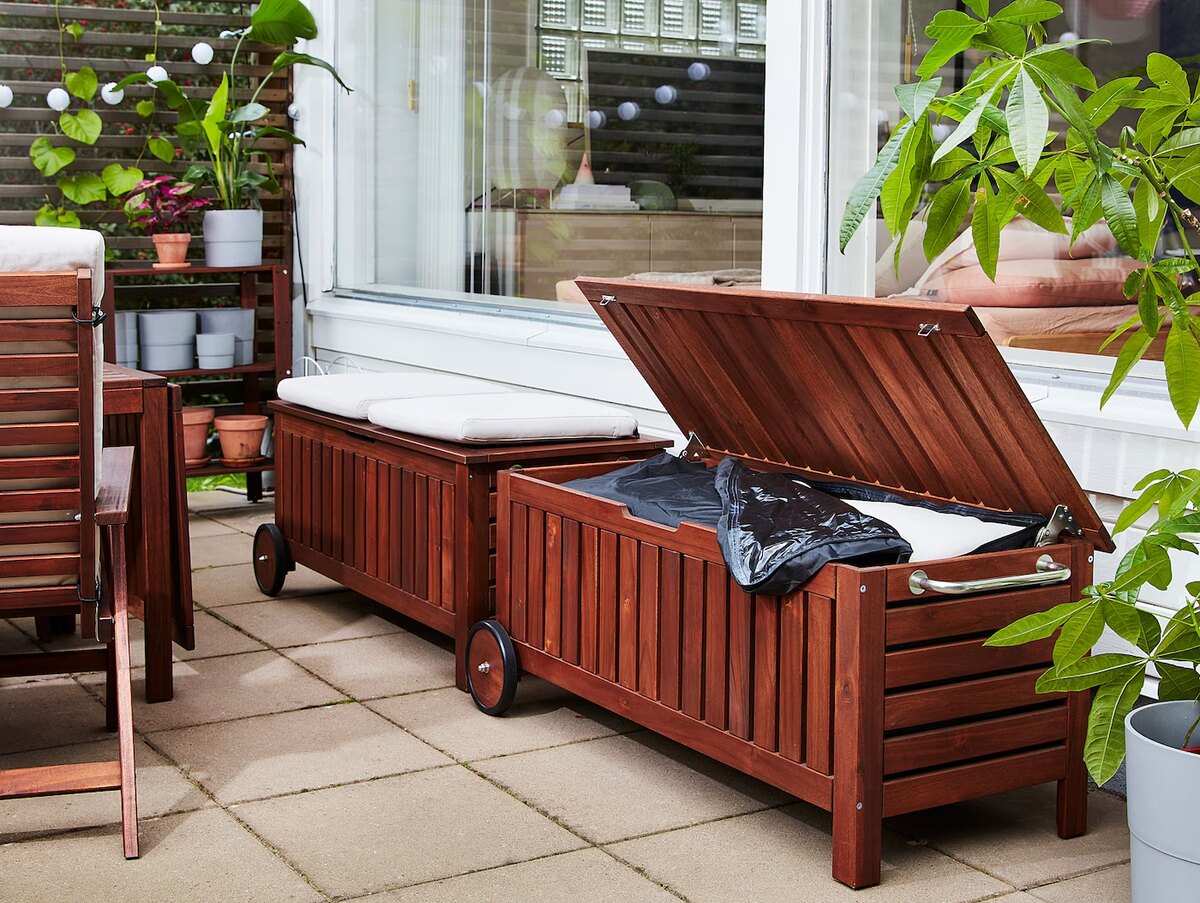
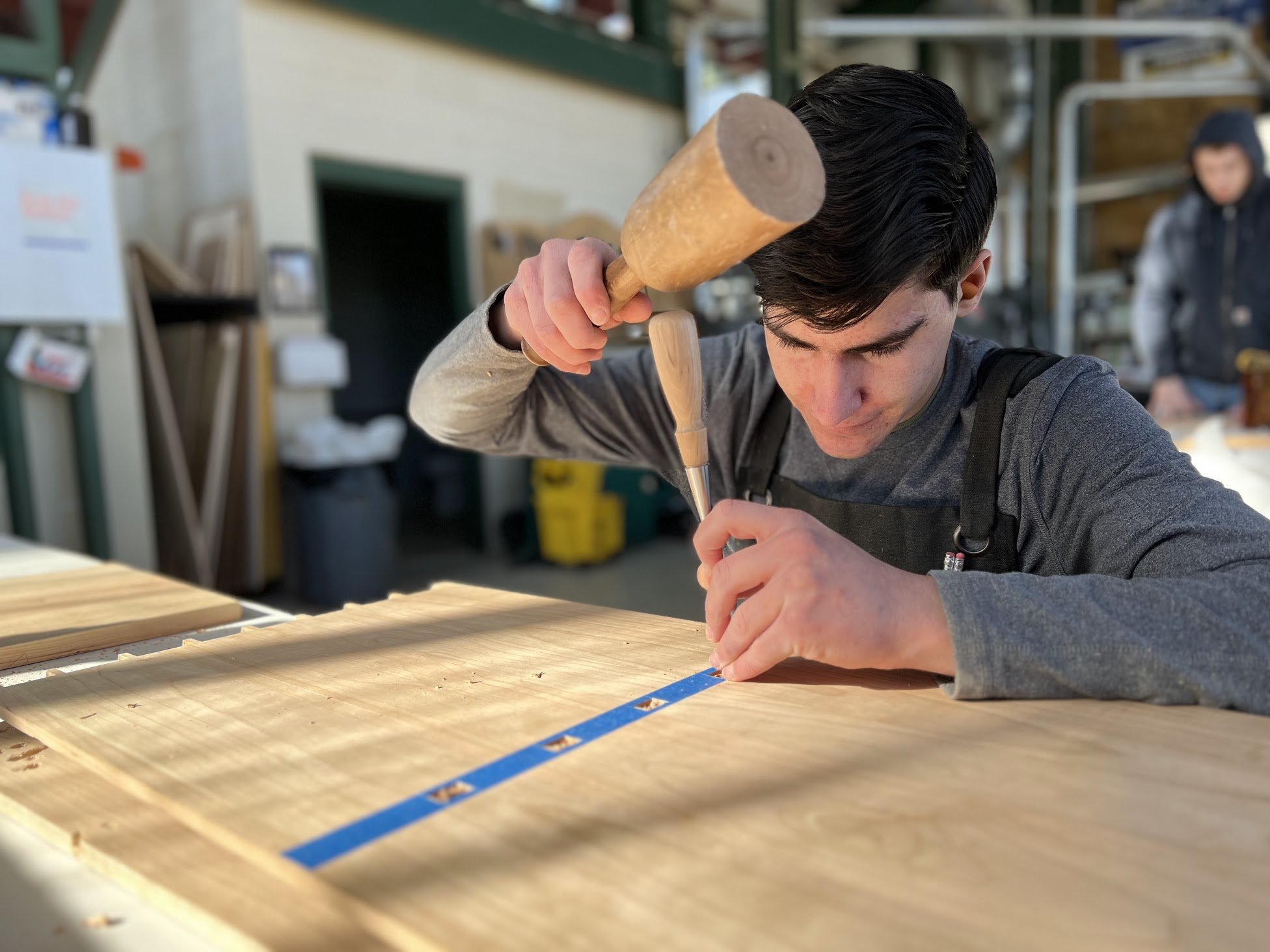
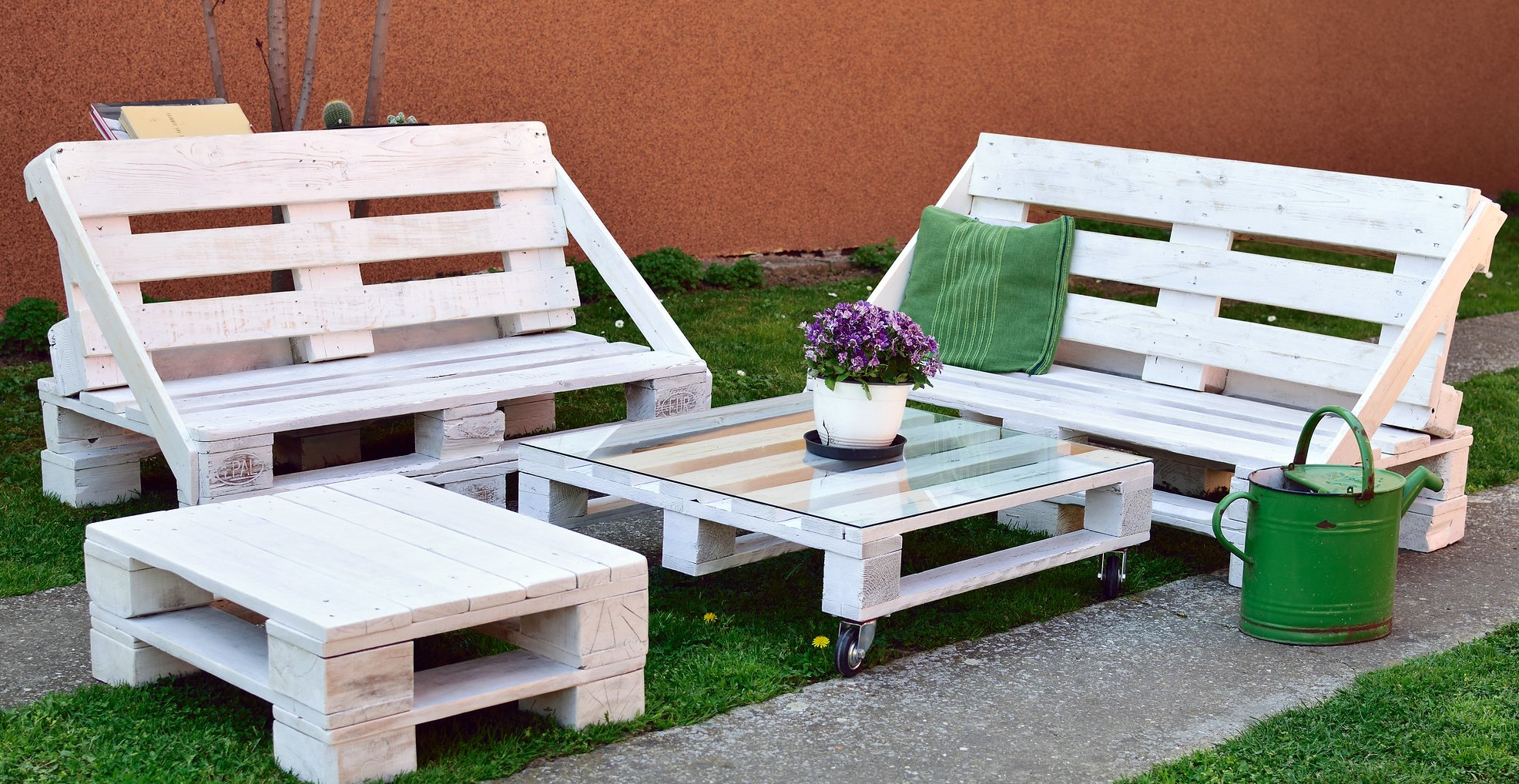

0 thoughts on “How To Make Outdoor Furniture”